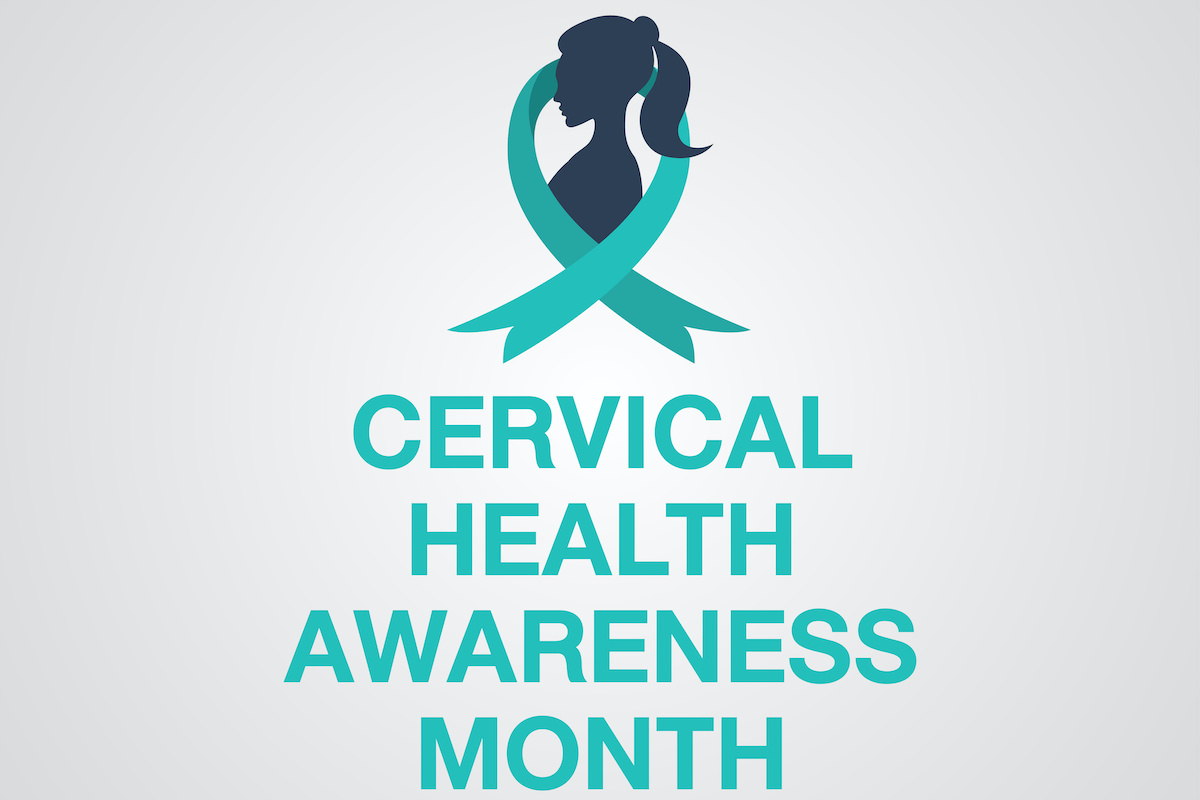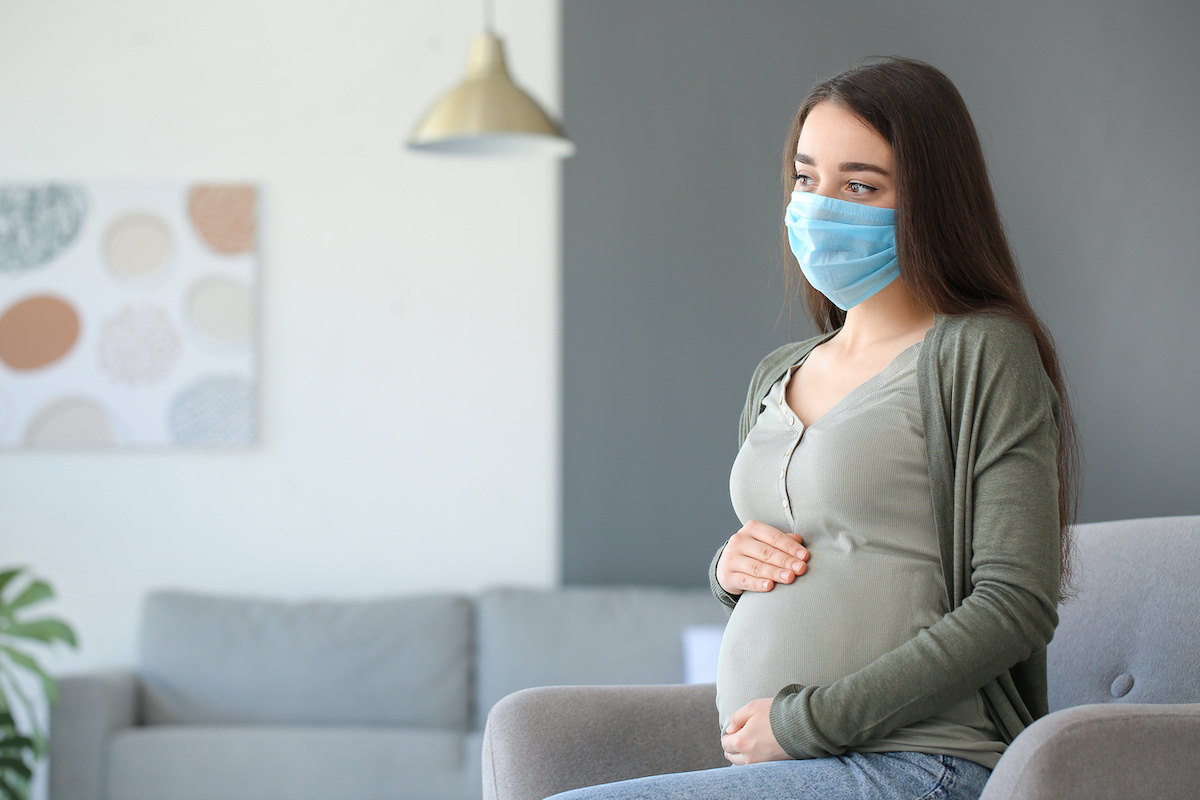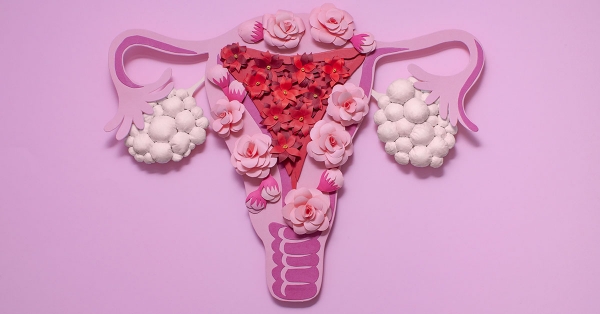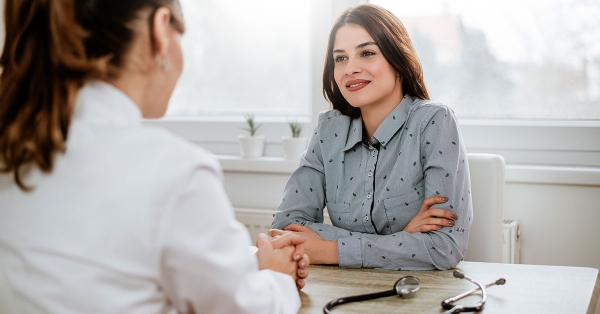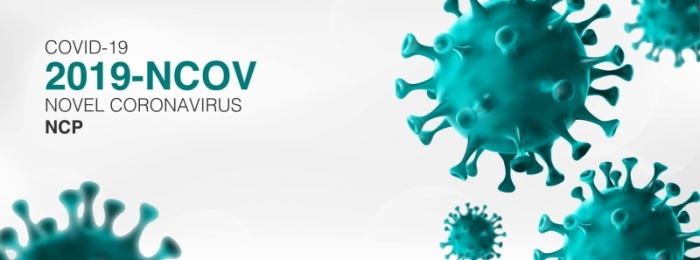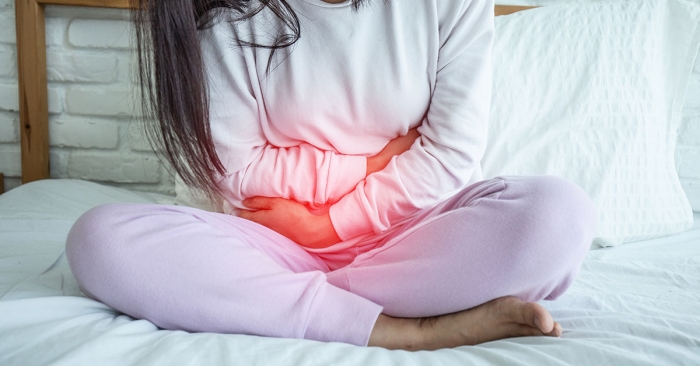Each time we turn on the news or scroll through social media, it seems like another female celebrity is sharing her experience with endometriosis–a disease in which the lining of the uterus grows in other places in the body.
From Dancing with the Stars’ Julianne Hough and Top Chef host Padma Lakshmi to Susan Sarandon and Whoopi Goldberg, it’s apparent that endometriosis doesn’t appear to discriminate based on race, ethnicity or socioeconomic background. While these women and countless others have helped raise awareness about this disease, it’s important to focus on the facts.
Here are six signs of endometriosis that all women should know:
- Painful periods: An estimated 75% of women with endometriosis have been found to have a history of painful, crampy periods that can be traced back to their adolescence. We’re not talking about the occasional slight cramps on your heavier day, but pain to the extent that it interferes with daily life like your work day, relationships, ability to have intercourse or ability to exercise. You may start to feel pain before your period starts and possibly for several days after.
- Abnormal bleeding: Heavy periods lasting longer than 7 days that may or may not include large clots, or breakthrough spotting or bleeding between periods, may be signs of endometriosis.
- Pain with intercourse: Pain during or after sex is a common symptom of endometriosis, particularly with deep penetration or orgasm. This can be due to positioning, but it often means that the endometriosis is deep in the rectovaginal septum and pelvic walls. Women who experience this symptom may lose their desire to have sex and develop intimacy issues.
- Pain with bowel movements: Depending on the areas of the body affected by endometriosis, it may hurt to go to the bathroom. In severe cases, it might also cause bleeding and/or constipation.
- Changes with urination: In some cases, endometriosis may affect the bladder which can cause pain with urination, a greater sense of urgency or increased frequency.
- Infertility: An estimated 40% of women with infertility have endometriosis. In fact, seeking treatment for infertility is often how many women are first diagnosed with endometriosis. Inflammation caused by endometriosis may damage the sperm or egg or interfere with their movement through the fallopian tubes and uterus. The fallopian tubes may be blocked entirely by adhesions or scar tissue in severe cases.
Additional symptoms, especially during menstrual periods, may include diarrhea, constipation, nausea or bloating. Because endometriosis shares many of the same symptoms as other conditions it is sometimes mistaken for pelvic inflammatory disease (PID), ovarian cysts or irritable bowel syndrome (IBS).
It’s important to note that not all women with endometriosis experience pain. If you have any of the signs that may indicate endometriosis, you should consult a physician. The condition can be difficult to manage, but not impossible and early detection may result in more effective management of your symptoms. Call Raleigh OB/GYN Centre at (919) 875-8225 to schedule an appointment today.
Contact Raleigh OB/GYN Centre
At Raleigh OB/GYN Centre, we offer a full range of obstetrical care from preconception to delivery. We have offered state-of-the-art care for mothers, daughters and now granddaughters since 1974 and have since grown to three locations to best serve our patients including Raleigh, Wake Forest and Clayton, North Carolina. For more information or to schedule an appointment with our team of dedicated providers, call 919-875-8225.


